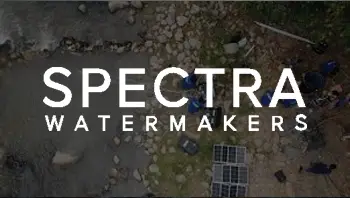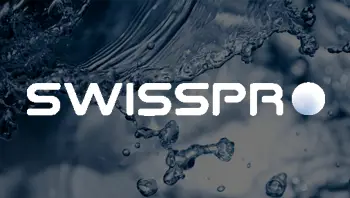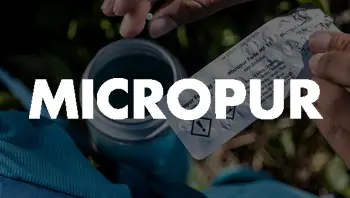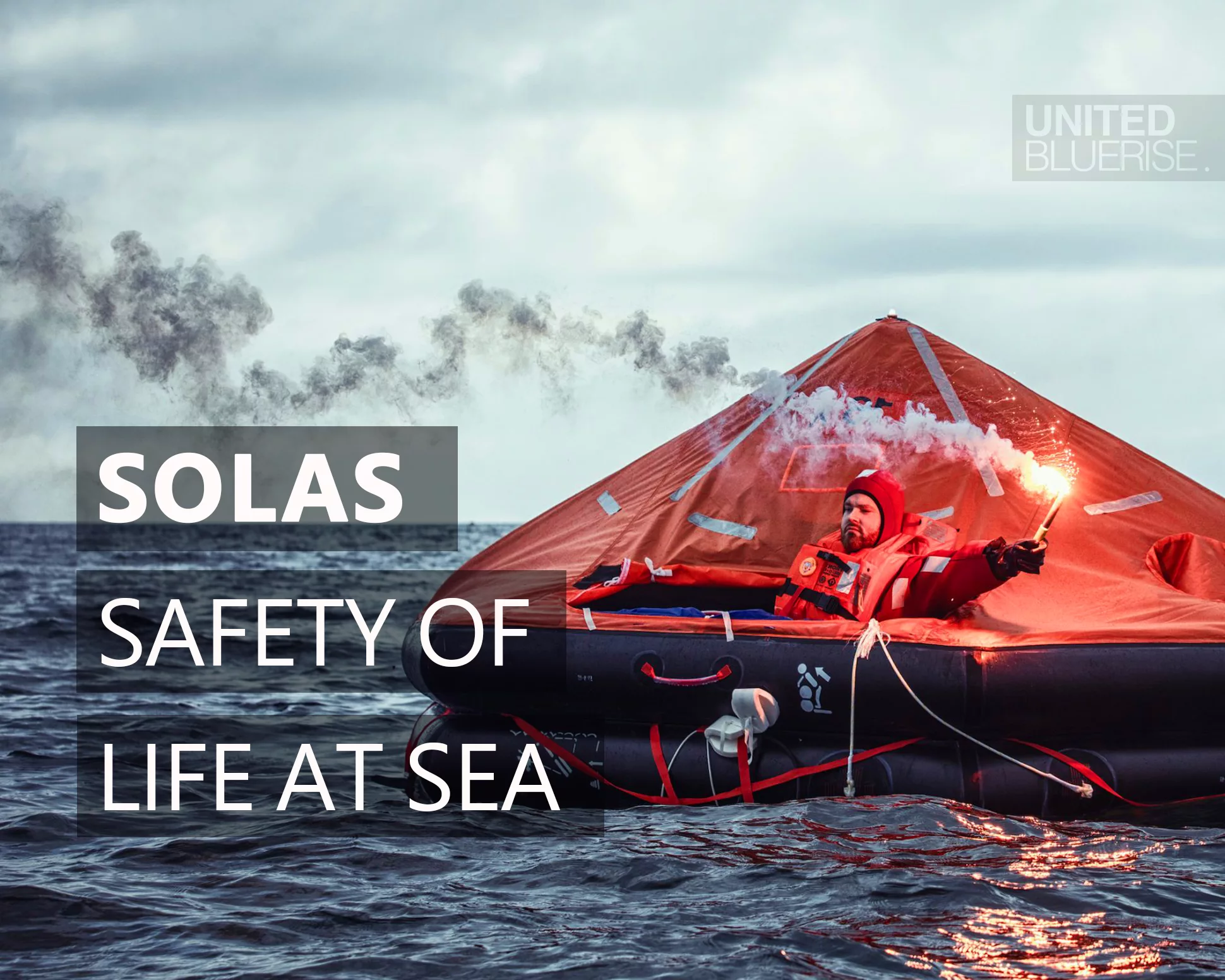The International Convention for the Safety of Life at Sea (SOLAS) is a vital international maritime treaty that sets minimum safety standards in the construction, equipment, and operation of merchant ships. This article explores the history and missions of SOLAS, with a particular focus on SOLAS Chapter III, which deals with life-saving appliances and arrangements.
History of SOLAS
The origins of SOLAS can be traced back to the aftermath of the Titanic disaster in 1912. The sinking of the Titanic, which resulted in the loss of more than 1,500 lives, highlighted the urgent need for international standards to improve maritime safety. In response, the first version of the SOLAS Convention was adopted in 1914, setting the groundwork for future regulations.
The SOLAS Convention has undergone several revisions since its inception. The 1914 version was followed by new versions in 1929, 1948, 1960, and the most comprehensive revision in 1974. The 1974 SOLAS Convention, along with its subsequent amendments, remains the cornerstone of maritime safety regulations today. The International Maritime Organization (IMO) administers SOLAS, ensuring it remains relevant and effective in addressing emerging safety challenges.
Missions of SOLAS
The primary mission of SOLAS is to ensure the safety of life at sea. This is achieved through various regulations that cover different aspects of maritime operations. Key missions of SOLAS include:
- Safety of Ship Construction: SOLAS sets standards for the design and construction of ships to ensure they are capable of withstanding harsh maritime conditions. This includes requirements for hull strength, watertight integrity, and stability.
- Fire Protection and Prevention: The convention includes regulations for fire safety measures on board ships, such as fire detection and extinguishing systems, fire-resistant materials, and emergency procedures.
- Life-Saving Appliances: SOLAS mandates the provision of life-saving equipment, such as lifeboats, life rafts, life jackets, and other emergency equipment. These regulations are detailed in Chapter III.
- Safety of Navigation: SOLAS sets out requirements for navigational equipment and practices to ensure safe passage and prevent accidents. This includes mandatory carriage of electronic navigation aids, such as radar and GPS.
- Emergency Procedures and Drills: The convention requires ships to have well-documented emergency plans and to conduct regular drills to ensure crew members are prepared for various emergency scenarios.
- Radio Communications: SOLAS establishes standards for ship-to-shore and ship-to-ship radio communications to ensure timely and effective communication during emergencies.
SOLAS Chapter III: Life-Saving Appliances and Arrangements
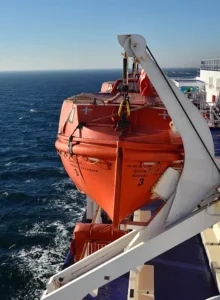
Chapter III of SOLAS focuses specifically on life-saving appliances and arrangements, ensuring that ships are equipped with adequate and effective equipment to protect lives in emergencies. This chapter outlines the requirements for the number, type, and maintenance of life-saving appliances on board ships.
Key Sections of SOLAS Chapter III
Life Rafts and Life Boats (LR, LB): SOLAS Chapter III mandates the provision of life rafts and lifeboats on all ships. These must be readily accessible, properly maintained, and sufficient to accommodate all persons on board. The regulations specify the minimum number of life-saving appliances based on the size and type of the ship.
LSA Code 4.1.5.1.19: The International Life-Saving Appliance (LSA) Code provides detailed specifications for life-saving appliances. Section 4.1.5.1.19 of the LSA Code pertains to lifeboats, specifying that lifeboats must be equipped with:
– A buoyant rescue quoit, attached to not less than 30 meters of buoyant line.
– A lifeboat compass.
– A sea-anchor.
– Two buoyant bailers.
These requirements ensure that lifeboats are fully equipped to support survival and rescue operations in case of an emergency.
LSA Code 4.4.8.9: This section of the LSA Code deals with the equipment and arrangements of life rafts. It stipulates that life rafts must be provided with:
– An emergency pack containing food rations, drinking water, distress signals, first-aid supplies, and a survival manual.
– A knife and a fishing kit.
– A buoyant lifeline and paddles.
– Thermal protective aids for each person on board.
The detailed provisions in this section ensure that life rafts are capable of sustaining survivors for an extended period while awaiting rescue.
Importance of Compliance with SOLAS Chapter III
Compliance with SOLAS Chapter III is crucial for the safety of passengers and crew on board ships. The regulations ensure that life-saving appliances are not only available but also maintained in good working order and regularly inspected. This proactive approach to safety helps prevent the loss of life in maritime accidents and emergencies.
Regular drills and training mandated by SOLAS Chapter III also play a significant role in preparedness. By conducting regular emergency drills, crew members become familiar with the operation of life-saving appliances and emergency procedures, enhancing their ability to respond effectively in real situations.
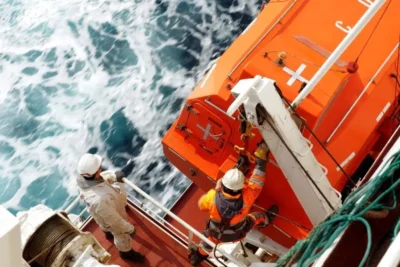
SOLAS is a cornerstone of maritime safety, providing a comprehensive framework for protecting lives at sea. Chapter III of SOLAS, which focuses on life-saving appliances and arrangements, ensures that ships are equipped with the necessary equipment to respond to emergencies effectively. By adhering to these regulations, the maritime industry can significantly reduce the risk of loss of life in accidents and ensure safer seas for all. Through continuous updates and strict enforcement, SOLAS remains a vital instrument in the ongoing efforts to enhance maritime safety worldwide.
